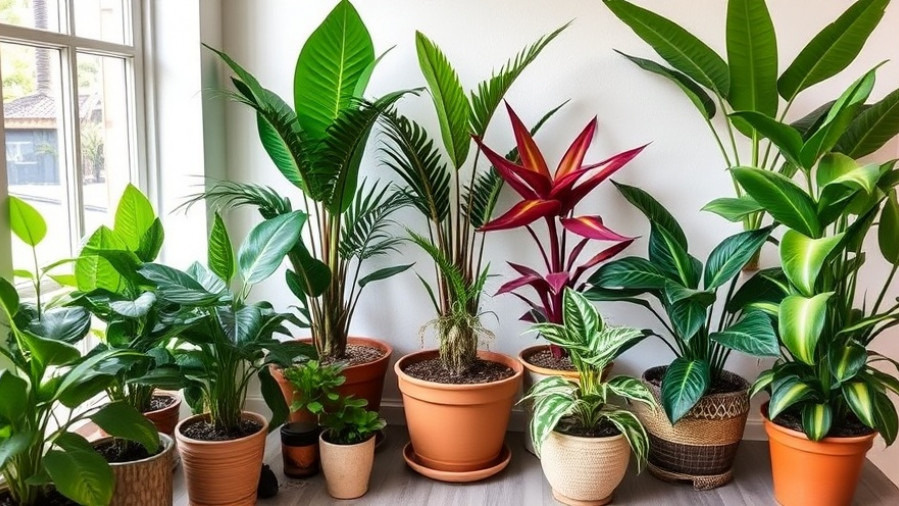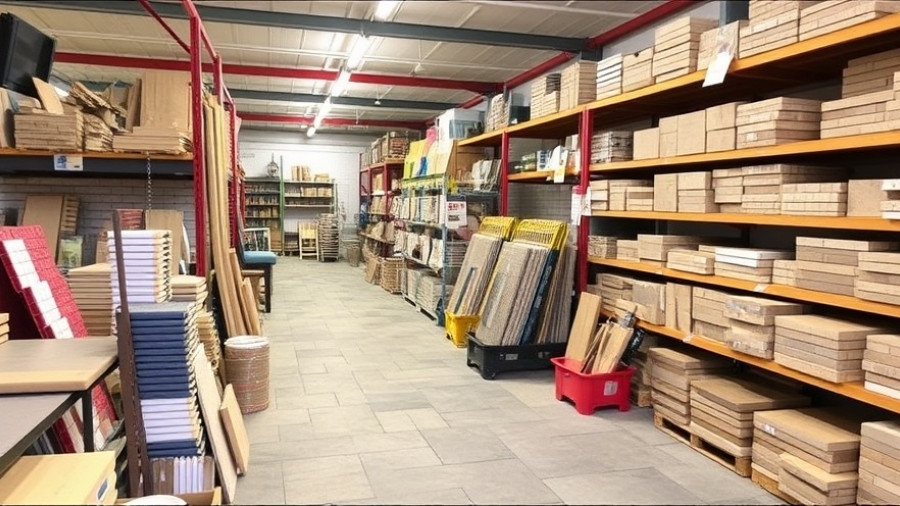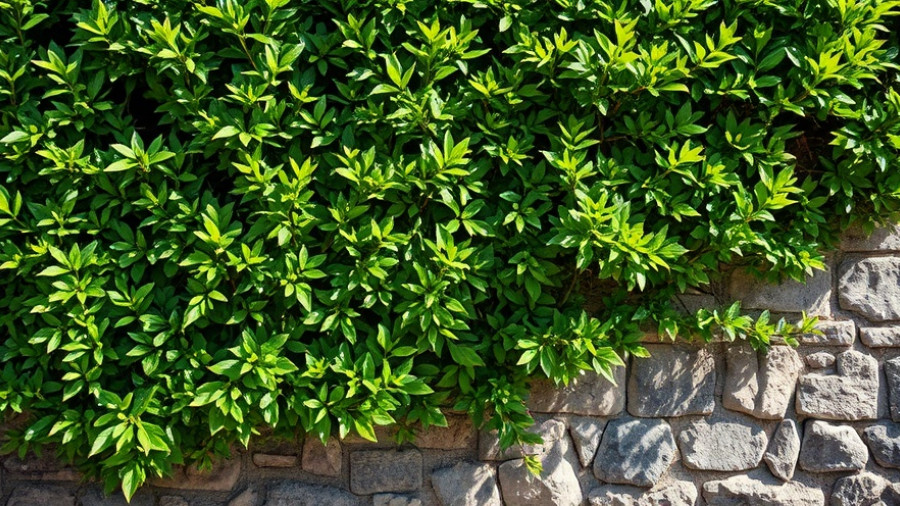
Essential Guide to Moving Tropical Potted Plants Indoors
Tropical plants are a source of joy for many homeowners, contributing vibrant color and warmth to outdoor living spaces, especially in places like the greater Hampton Roads area of southeastern Virginia. However, as temperatures begin to drop in the fall, it becomes crucial to undertake the task of bringing these beloved plants indoors. This guide will explore the key steps to properly overwinter your tropical potted plants, ensuring they thrive during the colder months.
Why Bother with Overwintering?
Overwintering your tropical plants not only preserves their beauty but is also essential for maintaining the biodiversity of your home’s environment. Many homeowners in Hampton Roads revel in their outdoor living spaces and want to extend the beauty of these plants throughout the year. Bringing tropical plants indoors allows you to continue enjoying their unique aesthetic appeal while protecting them from frost and harsh winter conditions.
Key Steps for Preparing Your Tropical Plants
To start, it's essential to assess each plant’s individual care requirements. As noted in various expert articles, tropical plants can tolerate lower temperatures but often do not fare well below 50 degrees Fahrenheit. Hence, begin to monitor the weather closely as cooler nights approach. When temperatures start dipping, it’s time to bring them in.
Here are some additional steps you should take:
Treat for Pests: Before moving plants inside, ensure they are pest-free. An insecticidal soap can help eliminate any unwanted hitchhikers.
Repot If Needed: Use fresh potting soil and consider repotting into a larger container if required. It's more manageable to do this outdoors than indoors.
Clean Your Plants: Dust and dirt accumulated outdoors can be detrimental. Wipe down leaves and clean pots to avoid bringing unwanted issues inside.
Monitor Watering: Water your plants thoroughly but be cautious not to overwater once they are indoors, as indoor heating can dry them out quickly.
Creating the Right Environment for Your Tropical Plants
Once indoors, the goal is to recreate their original tropical environment. Since tropical plants thrive in humidity, consider using a humidifier or grouping plants together to increase moisture levels. A sunny windowsill or a grow light setup can also provide the necessary light to keep these plants healthy during the dormant winter months.
Moreover, employing vertical space with shelving or stands can allow for more effective organization and ensure that plants receive adequate light. For those in the Hampton Roads area particularly interested in outdoor living design, integrating plants into indoor spaces can beautifully blend with your home’s aesthetic.
Unique Benefits of Indoor Tropical Plants
Beyond their visual appeal, tropical plants can offer significant health benefits. Plants like the Schefflera or the Ficus purify the air, which can enhance indoor air quality, especially in winter when ventilation is often limited. Furthermore, incorporating greenery can boost mood and decrease stress, contributing to a cozy, inviting environment during cold months.
Conclusion: Make the Most of Your Tropical Plants
In summary, the process of moving your tropical plants indoors is crucial for their survival and ensures your indoor environment remains vibrant. With thoughtful preparation, you can make the most of your tropical plants, enriching not only your home’s aesthetic but also improving your overall well-being. As you plan your indoor setup, consider also how these plants fit into your outdoor living designs for the following year.
For those looking to enhance their outdoor living experiences down the line, "Contact Us for recommendations on Outdoor Living professionals in the greater Hampton Roads area." Discover more about outdoor living design ideas and effectively integrate plants that align with your style, ensuring your home reflects sophistication year-round. #ElevateHamptonRoadsLiving #EHRL #AlchemyMediaHub
 Add Row
Add Row  Add
Add 



Write A Comment